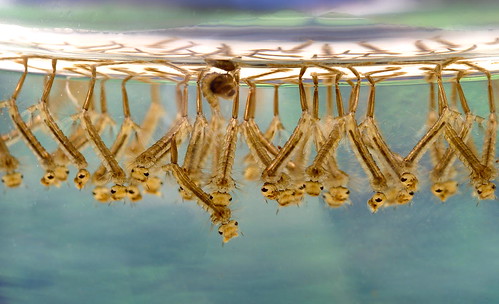4 Most Poisonous Animal in the World & 4 Most Poisonous Animal in the World Pics
Box Jellyfish
It is really hard to tell which animal is the most poisonous in the world. The one that has the most toxic chemicals? The one that kills the biggest amount of people a year? Or maybe the one with the biggest amount of poison?
First of all, I have to admit that the title is a bit incorrect, because there is a difference between poisonous and venomous animals. A poisonous animal carries harmful chemicals called toxins primarily used for self defense. Therefore venomous animals deliver their toxins by stinging, stabbing, or biting. So poisonous animals are passive killers, while venomous animals are active killers.
Nevertheless, theory aside, they are all really dangerous. So look really closely at each photo, cause next time you meet them can be the last thing you ever see.
1. Box Jellyfish : If the yardstick for measuring the deadliest of the worlds mot poisonous creatures is assumed to be the number of deaths that have been caused by them, then the Box Jellyfish definitely tops our list of worlds most poisonous creatures. This creature, which is just about the size of a palm, has reportedly caused deaths to almost 6000 people till date. This number is the highest recorded number in the world. This blue colored jellyfish has one of the most powerful, tantalizing and venomous stings in the world and it is found around the coastlines of South East Asia and Australia.
First of all, I have to admit that the title is a bit incorrect, because there is a difference between poisonous and venomous animals. A poisonous animal carries harmful chemicals called toxins primarily used for self defense. Therefore venomous animals deliver their toxins by stinging, stabbing, or biting. So poisonous animals are passive killers, while venomous animals are active killers.
Nevertheless, theory aside, they are all really dangerous. So look really closely at each photo, cause next time you meet them can be the last thing you ever see.
1. Box Jellyfish : If the yardstick for measuring the deadliest of the worlds mot poisonous creatures is assumed to be the number of deaths that have been caused by them, then the Box Jellyfish definitely tops our list of worlds most poisonous creatures. This creature, which is just about the size of a palm, has reportedly caused deaths to almost 6000 people till date. This number is the highest recorded number in the world. This blue colored jellyfish has one of the most powerful, tantalizing and venomous stings in the world and it is found around the coastlines of South East Asia and Australia.
10. Puffer Fish : The puffer fish is a delicacy in many part of Japan and China, but some organs of the fish are deadly to the human beings- making it one of the worlds most poisonous and lethal animals. The poison of the fish is devastating for the one who consumes it and results in deadening of the muscles, increasing of the heart rate, dizziness, vomiting and permanent seizure within minutes of consuming the deadly poison.
Stonefish
The stonefish is the worlds most poisonous fish, and probably the ugliest also. It is often remarked that when a stone fish attack a human being, the pain is so severe that the person wants to amputate the area affected. Its bit may not be lethal and can be treated within hours, but if left untreated for more than 2-3 hours, a bit from the stone fish can result into death for the human beings.
Marbled Cone Snail
This little beautiful looking Marbled Cone snail can be as deadly as any other animal on this list. One drop of its venom is so powerful that it can kill more than 20 humans. If you ever happen to be in warm salt water environment (where these snails are often found) and see it, dont even think of picking it up. Of course, the true purpose of its venom is to catch its prey.
Symptoms of a cone snail sting can start immediately or can be delayed in onset for days. It results in intense pain, swelling, numbness and tingling. Severe cases involve muscle paralysis, vision changes and breathing failure. There is no antivenom. However, only about 30 human deaths have been recorded from cone snail envenomation.
4. Blue-Ringed Octopus : The blue ringed Octopus was considered one of the worlds most poisonous sea creatures till some time back, until the Box Jellyfish took over. Nevertheless, this creature is till capable of killing up to 25 humans in one bite. Found in the Pacific pools from Japan to Australia, this creature’s bite is impalpable in most cases, but the venom starts working immediately on the muscles and heart- causing weakness, seizure and death within minutes.
Symptoms of a cone snail sting can start immediately or can be delayed in onset for days. It results in intense pain, swelling, numbness and tingling. Severe cases involve muscle paralysis, vision changes and breathing failure. There is no antivenom. However, only about 30 human deaths have been recorded from cone snail envenomation.
4. Blue-Ringed Octopus : The blue ringed Octopus was considered one of the worlds most poisonous sea creatures till some time back, until the Box Jellyfish took over. Nevertheless, this creature is till capable of killing up to 25 humans in one bite. Found in the Pacific pools from Japan to Australia, this creature’s bite is impalpable in most cases, but the venom starts working immediately on the muscles and heart- causing weakness, seizure and death within minutes.






































